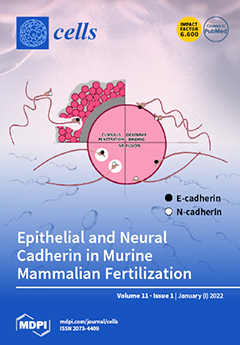Peptidoglycan recognition proteins (PGRPs) are key regulators in insects’ immune response, functioning as sensors to detect invading pathogens and as scavengers of peptidoglycan (PGN) to reduce immune overreaction. However, the exact function of PGRPs in
Bactrocera dorsalis is still unclear. In this study,
[...] Read more.
Peptidoglycan recognition proteins (PGRPs) are key regulators in insects’ immune response, functioning as sensors to detect invading pathogens and as scavengers of peptidoglycan (PGN) to reduce immune overreaction. However, the exact function of PGRPs in
Bactrocera dorsalis is still unclear. In this study, we identified and functionally characterized the genes
BdPGRP-LB,
BdPGRP-SB1 and
BdPGRP-SC2 in
B. dorsalis. The results showed that
BdPGRP-LB,
BdPGRP-SB1 and
BdPGRP-SC2 all have an amidase-2 domain, which has been shown to have
N-Acetylmuramoyl-
l-Alanine amidase activity. The transcriptional levels of
BdPGRP-LB and
BdPGRP-SC2 were both high in adult stages and midgut tissues;
BdPGRP-SB1 was found most abundantly expressed in the 2nd instar larvae stage and adult fat body. The expression of
BdPGRP-LB and
BdPGRP-SB1 and
AMPs were significantly up-regulated after injury infected with
Escherichia coli at different time points; however, the expression of
BdPGRP-SC2 was reduced at 9 h, 24 h and 48 h following inoculation with
E. coli. By injection of dsRNA,
BdPGRP-LB,
BdPGRP-SB1 and
BdPGRP-SC2 were knocked down by RNA-interference. Silencing of
BdPGRP-LB,
BdPGRP-SB1 and
BdPGRP-SC2 separately in flies resulted in over-activation of the Imd signaling pathway after bacterial challenge. The survival rate of the
ds-PGRPs group was significantly reduced compared with the
ds-egfp group after bacterial infection. Taken together, our results demonstrated that three catalytic
PGRPs family genes,
BdPGRP-LB,
BdPGRP-SB1 and
BdPGRP-SC2, are important negative regulators of the Imd pathway in
B. dorsalis.
Full article






